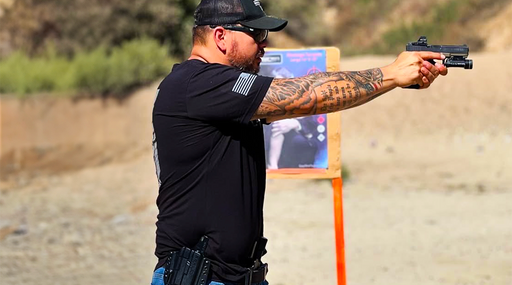
In the first two parts of this series on security for houses of worship, I provided information to help churches define their needs and begin, or deepen, their security plan using people and/or physical assets. This section diverges from the theme of thinking about your own faith institution. A recent study offers a look at trends in church security at a national level. Its results are evidence of growing concern for church safety.
This study excites the data nerd in me because it’s quite well-designed and was conducted to a high standard of scientific integrity. In 2019 and again in 2022, Nashville-based research company Lifeway performed surveys of 1,000 churches. This sizable sample included churches in urban, suburban, and rural areas, with congregations identified by race as well has having conservative, liberal, or moderate political views, and led by male and female clergy. The sample is also broken down by subsect, for example Lutheran, Methodist, and others, although every one of the respondents is described as Protestant. By identifying these and other variables, statisticians can pinpoint any trends tied closely to these factors.
Every study has limitations. By including only Protestant churches in the sample, we are left unable to infer assumptions about Catholic, Jewish, Islamic, or other non-protestant establishments. And because the research team doesn’t say the same churches were sampled on both years, this study falls short of being longitudinal in nature. Longitudinal research examines the same factor at the subsequent session(s) as it did the first time, making it the gold standard of research, as well as relatively rare, difficult to conduct, and costly. Further, there is no discussion of whether any security measure was successful in reducing the number or severity of problems, a nearly impossible outcome to evaluate using statistics and a national sample.
To be clear, the Lifeway studies and retrospective report look to be robust in scientific rigor. Their methos yielded the advantage of following every church over time to gain the significant advantage of a large respondent group, lending confidence that the results are not just the happenstance of a couple unique congregations, but truly reflective of what’s going on in the nation with security in Protestant churches.
With the nerdspeak aside, I’ll let the tables provided by the research firm speak for themselves.



If you’d like to look further into this topic, check out the source information for this article at the Lifeway website. It includes links to the individual studies that “drill down” to trends within, say, female- versus male-led churches and other such variables.
What do you think of these trends? Do they resemble the changes or current state of security practices in your own faith community?
It’s usually easier to broach serious subjects when they can be addressed, in part, with data to back up a proposal. This information is shared in hopes that it might be useful if your role includes planning for church security.





















Leave a comment